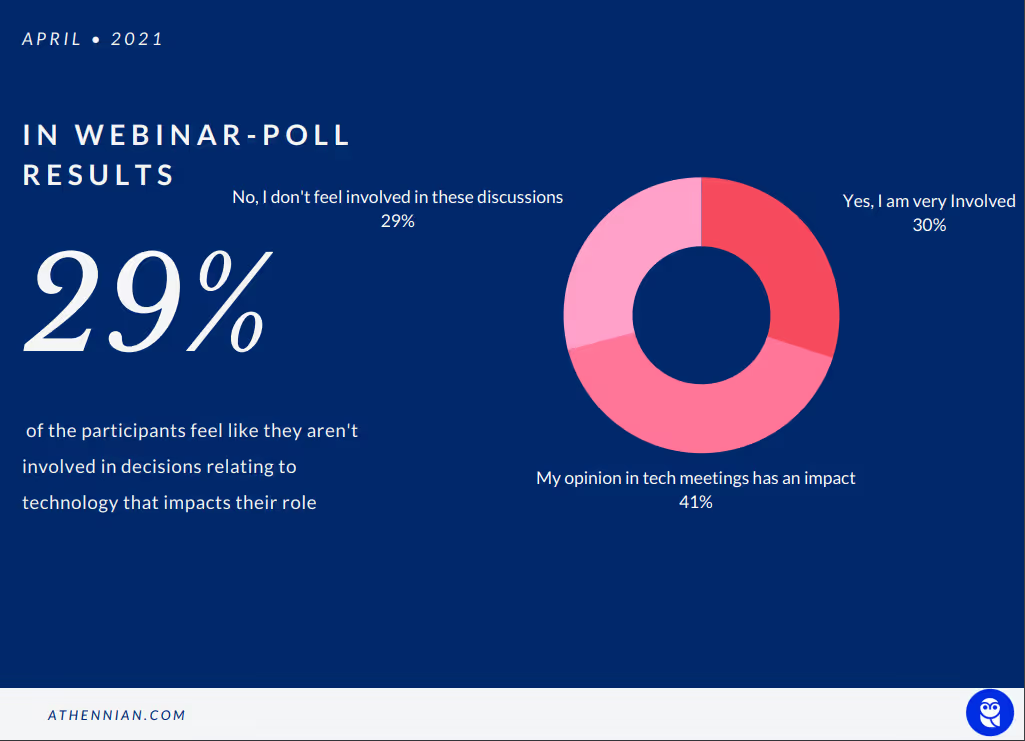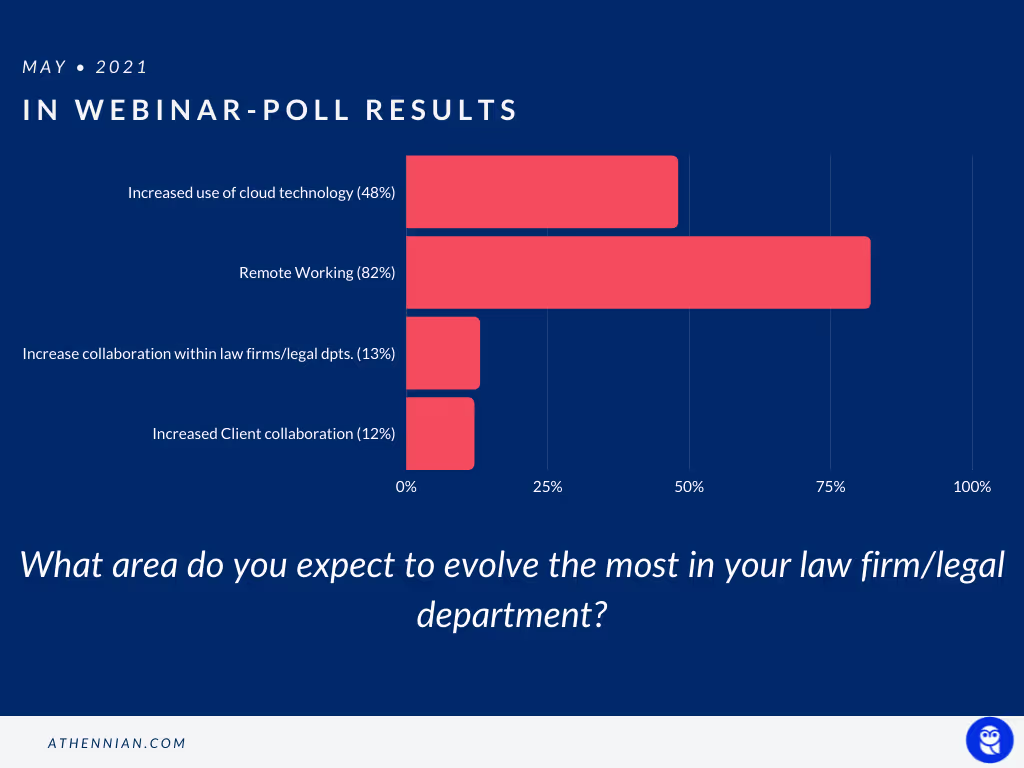With clients & internal teams seeking lower costs and higher efficiency, the legal industry has seen a spike in demand for skilled paraprofessionals. This has caused the paraprofessional role to evolve in unprecedented ways. In this post we will discuss:
- The evolution of the paraprofessional role.
- Paralegals and Remote Working.
- How paraprofessionals can manage and thrive amid this changing landscape.
- What technologies can be leveraged for excellent efficiency?
- How to adapt to new technology platforms.
How Has the Role of the Paraprofessional Evolved?
Paraprofessionals are no longer just law clerks, paralegals, legal specialists, or any other non-lawyer professionals who docket their billable hours. They have rapidly evolved to become technology ambassadors, custodians of client relationships, and mentors to the new generation of legal professionals.
Today, legal paraprofessionals have the qualifications for early involvement in the decision-making process and the skillset to play a strategic role in growing organizations. Transactional tasks that do not require contextual knowledge are no longer the majority of a paraprofessional's workload.
In one of our recent polls, 71% of paraprofessionals said they were involved in decisions relating to their role. Still, 21% are left out of the decision-making process.

No longer do paraprofessionals play an ancillary role. As companies become more client-focused, paraprofessionals and their long-standing relationship with the clients are more important than ever. Additionally, as experts in technical procedures, their job as mentors to early-career paraprofessionals is crucial.
How the Shift to Remote Work Has Impacted Firms and Working Relationships for Paraprofessionals
The shift to remote work has accelerated what was already afoot in the industry, hastening the rate at which legal organizations are going digital.
In another recent poll conducted during the Optimizing Paraprofessional Workflows to Help Law Firms Gain Competitive Advantage webinar, 82% of paraprofessionals reported that the shift to a remote working environment was the biggest change they’d seen at their law firm or legal department.

Like most industries, the shift to remote work has forced modifications everywhere, from client relationships to team dynamics. The three main areas that have been impacted by remote work are:
1. The Transition from Paper Intensive to Paperless
Historically, law firms and legal departments were ill-equipped for remote work. Taking “work home” meant the paraprofessional became the sole custodian of the physical file with no ability to collaborate. But 2020 empowered companies to go paperless, adopt e-filing, and use digital signatures rather than lengthy back-and-forth email correspondences. Adopting these changes enabled the most seamless transition from the office to the home.
2. Team Collaboration
Technology has not just eased the transition for processes but also has aided interpersonal work relationships. Paraprofessionals are learning new ways to connect online, such as Zoom calls or online webinars and networking events.
Favorite tips for collaboration (suggested by a recent panel of esteemed paraprofessionals) include:
- It’s helpful when lawyers include paraprofessionals on the file as soon as it comes through the door. This fosters team spirit and a feeling of connectedness and ensures a better end result.
- Upon receiving a file from a lawyer, paraprofessionals can reach out to better understand their colleagues' tone and style of communication. This helps aid the creation of working norms and mutual understandings for the team across a range of simultaneous channels of communication—from calls, online meetings, emails, messaging platforms and more.
3. Creating Work/Life Balance in a Remote World
The changing role of the paraprofessionals, coupled with the new virtual working environment, has blurred the lines between professional and personal life, challenging the way we manage our time and schedules.
Some suggestions made by our panelists during “The Remote World’s Reality: Connected or Micromanaged?” were:
- Be sensitive to everyone’s remote working situation; not everyone is comfortable being on video.
- Set aside time blocks dedicated to certain projects. This helps you to stay accountable and manage your time.
- Schedule your emails, messages to sync with working hours. Be cognizant of the fact that people have different work schedules, and communications sent outside of normal working hours can cause unnecessary anxiety in recipients.
How Paraprofessionals Can Manage and Thrive Amid This Changing Landscape
Adapting to new environments can be tedious without a plan. Paraprofessionals can adopt the following practices suggested by experts in the legal industry.
Organize your calendar by asking yourself these questions:
- How much time am I spending in meetings versus how much focus time do I have?
- How many projects/files am I currently working on? What time commitment is required for each one?
- Who am I working with, and what is their working style? How can I organize myself to optimize both our time together?
- What other requests do I have coming my way?
If you see an unexpected influx of requests coming in and are struggling to complete everything on your to-do list, follow these three steps:
- Determine: What exactly is this person asking for?
- Dismantle: Is this a high-priority-high-impact request? How does this rank against other projects I am working on?
- Diffuse/Delegate: Am I the only person who is capable of helping the requestor?
No- Who can I direct them to the right resource?
Yes- What is the latest by when I can get this done? Does it have to be today?
If you have a small team and can’t delegate requests to other team members, learn the personality type of the requestor and communicate with them in a way that helps them understand your current priorities and workload.
Leveraging Technology
As the laundry list of requests and responsibilities increases, paraprofessionals find themselves relying more on technological solutions to manage their day. Some of the technologies that have witnessed massive adoption are:
- ITimekeep for legal assistance used for scheduling
- Docusign
- Cloud-based-Centralized Entity Management platforms like Athennian
- Webex teams
- Microsoft teams for Collaboration
- AI & E-discovery: E-discovery is at the forefront of the technology landscape because a linear review of cases is a thing of the past.
- RPA (Robotic Process Automation): Removes a lot of mundane work and lets automation take away that burden.
As the tech stack expands, so does the amount of accessible client data. As technology ambassadors, paraprofessionals become custodians of this vast amount of valuable data.
Managing and Learning New Technology Platforms
While some paraprofessionals are comfortable with new platforms and technology, others may find it daunting. Below is a guide for utilizing these new technology solutions to feel empowered and not overwhelmed.
The first step to being an effective technology ambassador is acknowledging that there is a wide variety of solutions in the market. The sheer list and number of options available can be overwhelming. Moreover, evaluating each technology to find the best fit is tedious, given its massive impact on business.
Determine the “Why”
First, determine the need for new technology. Technical market offerings help solve the issue of “how” in a process, but we shouldn’t lose sight of the “why.”
“Why are we using this technology, and how does it align with our business goals?”
Determining the answer to this question is often a group activity involving other teams and decision-makers. To ensure the success of this exercise, follow the steps listed below:
- Identify and Include all key stakeholders in the decision-making process.
- Collect different use cases for the technology in question.
- Build a business case with real tangible results.
Have A Plan for Implementation
As organizations realize the importance of technology, they increasingly spend more on its implementation. In the past, paraprofessionals were expected to implement all the software from the sidelines. In the present day, it is a collaborative effort of the paraprofessional and IT teams. Paraprofessionals are often evaluating, recommending and implementing new technologies for their firms & teams.
A major component of the implementation plan is dealing with resistance from teams. Learning new technology is a significant challenge, and the fear of the unknown can cause friction among the teams. It is vital to:
- Set an implementation plan with a defined timeline that factors in the onboarding process.
- Consider everyone’s learning style while developing a communication and learning plan. We need to involve paraprofessionals in design thinking and demos, as well as using them as SMEs.
- Identify the stakeholders and keep them informed about the process.
Create content and learning material to match various learning styles (e.g.,instructor-led training, convention labs, working sessions, simulations, cheat sheets, workbooks, manuals, etc.).
In conclusion, A strong onboarding plan and open communication between teams can bolster the adoption of new technologies and ultimately make organizations more efficient.
Conclusion
The landscape of the legal industry is changing, and paraprofessionals are at the forefront of this evolution. Organizations are starting to recognize the true value of paraprofessionals and are striving to use their qualifications and expertise in new ways. As a result, they are included in buying decisions and strategic conversations much earlier than they historically were. In the future, paraprofessionals will seek more training in legal operations and project management as they develop their careers. Technology vendors can be valuable partners for paraprofessionals to further this training and skill development.




.svg)




.avif)



-p-500.webp)
-p-500.webp)
-p-500.webp)
.webp)
